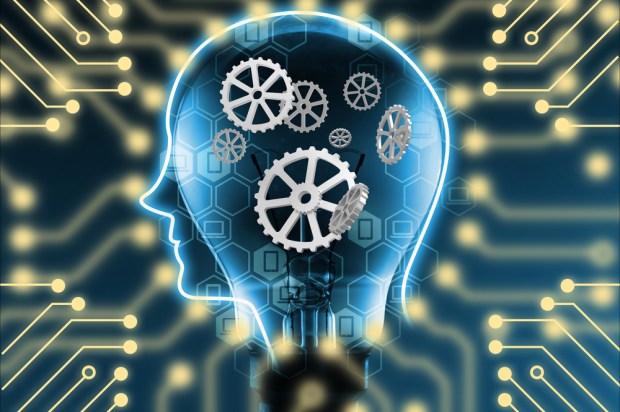Executives Brace For AI To Fuel Gig Economy Boom

It’s a tale as old as technological innovation: Humans fear that robots will one day overtake their jobs. While it’s true automation, robotics and other cutting-edge solutions may take away the need for human intervention, the implementation of these solutions usually just redirects a human’s job, and doesn’t replace it outright.
In the workplace, robotics and machine learning is already disrupting everything from accounts payable to customer support, but new research from Pegasystems in its “The Future of Work” report suggests employees should anticipate working alongside them.
In a survey of 845 executives across the globe and across industries, Pegasystems researchers found widespread expectations that their organizations will implement tools like artificial intelligence (AI), machine learning and robotics. Nearly 70 percent predict that one day, the word “workforce” will come to mean both human and robotic capital.
It marks the brink of what some analysts consider the “fourth industrial revolution,” and, according to executives surveyed, there are a few key ways workers believe AI and robotics will impact operations. Nearly two-thirds say artificial intelligence will enable professionals to expand their roles within the workplace, because AI will enable them to solve problems that might otherwise be pushed up the chain of command.
Most professionals said robotic process automation will lead to improvements in efficiency by negating the need for manual processes like data input. Nearly 60 percent said it will boost the customer experience, with 72 percent expecting “humanoid robots” to be widely used by 2037.
There is evidence, however, that professionals do expect some jobs to be replaced; 70 percent told Pegasystems that AI could replace human workers in administrative positions over the next two decades, compared to just 41 percent that expect AI to replace consumer-facing roles.
Machine learning, robotics and AI could find their place in disrupting back- and front-office processes, but executives also say these technologies are going to have an impact on how employees are even hired in the first place: The survey found high expectations that AI will be a standard tool to evaluate employee performance and set compensation, for example.
While 88 percent of professionals said they would be comfortable working in collaboration with these kinds of machines, 79 percent said they would not be so pleased if they were to be managed by a robot.
The Gig Economy Impact
One of the largest trends Pegasystems’ report anticipated is the impact of machine learning and robotics on the growth of the gig economy. Survey respondents said the number of full-time employees at Fortune 500 firms is likely to be reduced by half by 2030 as corporates turn to a more flexible workforce. But most say this shift will cause challenges in addressing customer service or promoting camaraderie in the workplace.
“The gig economy makes it more important to pair humans with AI to ensure consistent, quality service,” Pegasystems said in a press release announcing the report. “For example, nine out of 10 will use analytics to ensure customers receive the same level of personalization from one worker to another.”
There are a few ways that could happen. Most survey respondents said they expect employers to use algorithmic matching technologies to ensure the appropriate gig workers are placed in the correct roles as a standard practice in the next decade. Pegasystems also highlighted predictions that the gig economy will morph into an Uber-like experience, with employers able to find workers they need just as easily as they can find a rideshare on demand. Further, in-demand gig workers could be affected by wage hikes just as Uber fares surge during times of peak demand.
Amid this shift, most executives said they believe data-driven digital profiles of gig workers will become the norm to facilitate automated matching between gigs and workers.
These trends are a ways off, however, and, according to Pegasystems Chief Technology Officer and Vice President of Product Marketing Don Schuerman, the enterprise has a lot to consider.
“AI and automation technologies have generated tremendous hype, but the potential within the enterprise remains largely untapped,” he said in a statement announcing the research. “Organizations must augment their human intelligence with AI across the entire organization in order to move beyond basic efficiency improvements. By deploying AI and automation with an end-to-end view in mind, businesses can move closer to fulfilling their customer-centric vision.”
